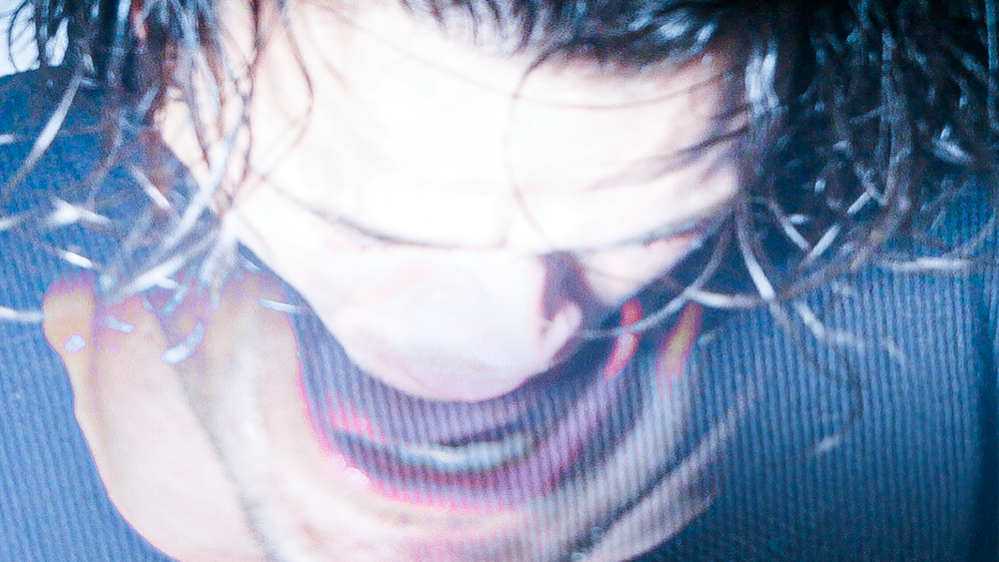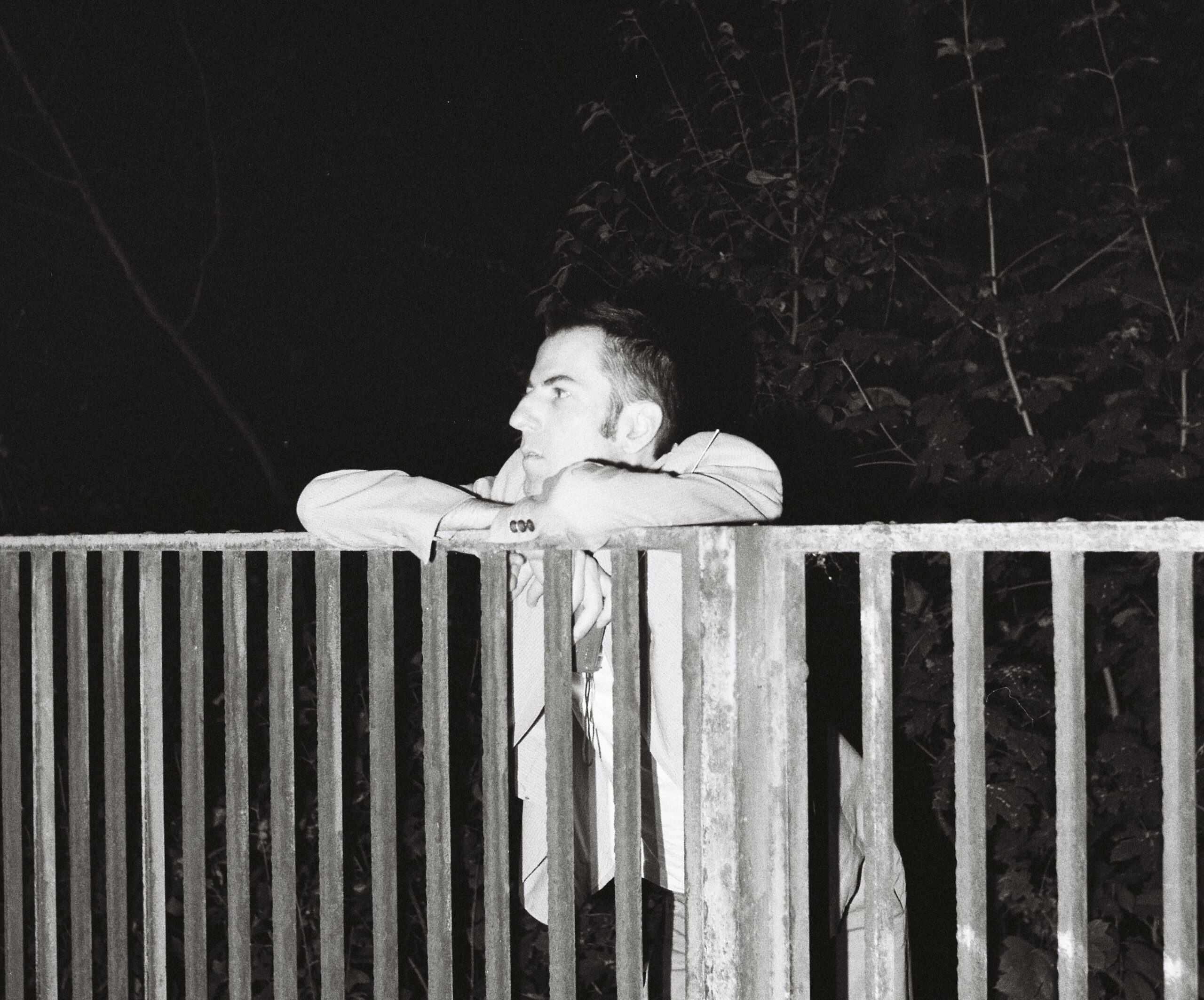Week # 31:
Ancient civilisations generally chose really nice places to build stuff. Like Machu Picchu. And like Machu Picchu, the building of stuff would include things of religious significance. For the Incas that significance would normally be displayed on the outside of the construction, and ceremonies take place in the open air. This ceremonial spot would form the centrepoint to their famously organised, hierarchised communities. Priests were the allies of the rulers and occupied the top rungs. In this process for which discovered and still-lost evidence exists all over the globe the land itself became both officially sanctified and took on sacred meaning in popular memory.
But as is well known, this sanctification very often took place at locations which already held special significance for the local communities, in an attempt to both retain loyalty and assert the beliefs of the new rulers. Bolivia is particularly interesting for witnessing this historical layering of religion-infused conquest and for producing some remarkable syncretisms along the way.
But for me, an admirer and, if you like, worshipper of the glories that surround us simply for their earthly reality, what some might call the spirituality of these locations comes from the decision to build them somewhere really beautiful (and of course pagan belief systems are based in a celebration of natures beauty and bounty).
El Fuerte, one such ancient site close to Samaipata in the Santa Cruz department in eastern Bolivia, has been attracting conquerors and then tourists for many years. The Lonely Planet likes to play on its supposedly mysterious origins and functions and the consequent ongoing attraction of the place for a New Age following that has seen indications of past alien visitations in the rocks unusual carvings. Wikipedia gets less carried away, attributing El Fuertes founding as a religious site to the pre-Inca Chan culture, subsequently absorbed by first the Incas and then the Spaniards. Though there is a passing reference to the fact that El Fuerte has been pronounced to be an ancient flying object launching and landing site by the pseudoarcheologistErich Von Daniken, well known author ofChariots of the Gods?. The main physical source of all this speculation seems to be two parallel grooves that have been carved into the upper face of the rock, apparently proof, for some, of guiding signs for extraterrestrials. The other explanation, entirely possible but far more incredible in my opinion, is that One could have looked along the parallel lines, standing on the place of observation in front of the Inca-wall at the foot of El Fuerte and watched the parallel rising of two planets at sunrise on August 20, 1066 above both lines against the background of constellation Leo: Venus and Jupiter,and it is this which the Chan were commemorating.
Regardless, whoever built the site and whatever it was used for, it is in a really lovely spot. Samaipata is a Quechua word meaning the height to rest, aptly so as at around 2,000m altitude the small town and the valley it lies in escape the oppressive humidity of the lowlying areas of Santa Cruz. Climbing perhaps another 250m up to El Fuerte from the Samaipata road early in the morning the sparkling sun met with fresh air currents coming off the valley floor. If you want to remember what people mean when they describe the air as being like champagne, Samaipata is a good place to get a taste (especially if you live in Cochabamba, Bolivias most polluted city).
Plenty of people come from all parts to experience what has pulled people here across the years. And a good proportion of them stay. The hills nearby are scattered with mainly European expats who have established communities and permaculture projects, while in Samaipata everything from sushi to apple crumble is available thanks to those pursuing slightly more profit-focussed enterprises in the town itself. Plenty of backpackers flock in all the time from Santa Cruz to keep trade healthy.
And it truly is a magical place. You dont have to feel the ancient rock reverberating to be moved by the intense greens of the mountains, the semi-tropical plants and their attendant humming-birds, the softness of the evening light and the clarity of the air. The town is still small and fairly traffic-free, the trees still standing. Heading to cool off in the perhaps slightly too refreshing waters of the valleys river, we passed through a passage of miniature butterflies that would have made Alice herself blink. We had made new friends within hours of arriving. Time had a funny way of standing still.
Not quite still enough that we didnt feel rather glad to discover we would have to stay a third night since their were no taxis back to Santa Cruz (well, OK, there were taxis, but we still hadnt been to visit the vineyard). If the Ancients felt it necessary to carve a huge rock in awe-inspired tribute to such a wonderful part of the world, fair enough. For me, Im happy to just sit on the hillside and drink a glass of wine while the moon rises.
Check Maddington Bear’s brand-spanking new blog holding more photos of Wander & Wonder… and lots more!
Not on the R$N list yet? Sign up for all things essential and receive Thursday’s weekly lowdown here


















Must Reads
David Holmes – Humanity As An Act Of Resistance in three chapters
As a nation, the Irish have always had a profound relationship with the people of Palestine
Rotterdam – A City which Bounces Back
The Dutch city is in a state of constant revival
Going Remote.
Home swapping as a lifestyle choice
Trending track
Vels d’Èter
Glass Isle
Shop NowDreaming
Timothy Clerkin
Shop Now